Transformation Studio Istanbul
University Bilgi University Istanbul
Course Master Design Studio
Visiting Professors Medine Altiok, Mathias Müller, Daniel Niggli
Dates 2016/17
Students Claudia Cakan, Irmak Ekim, Aysegül Karaman, Romain Marquer, Polen Vurankaya
Guest Critics Evren Aysev, Sebnem Yalinay, Necati Celtikci, Orhan Esen, Burcu and Mehmet Kütükcüoglu, Cenk Dereli, Nilüfer Baturayoglu Yöney, Selva Gürdogan, Gregers Tang Thomsen, Nilüfer Kozikoglu
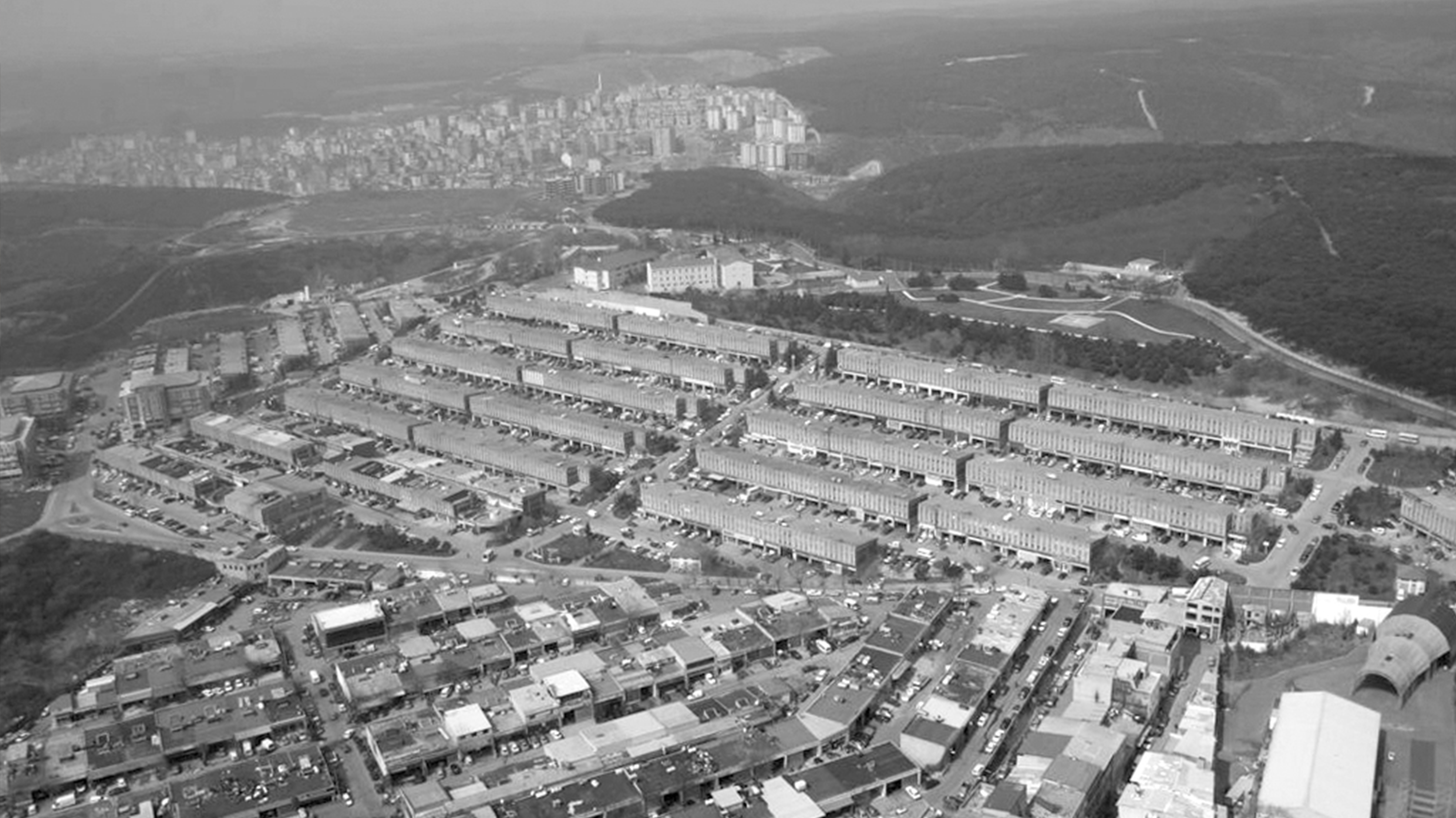
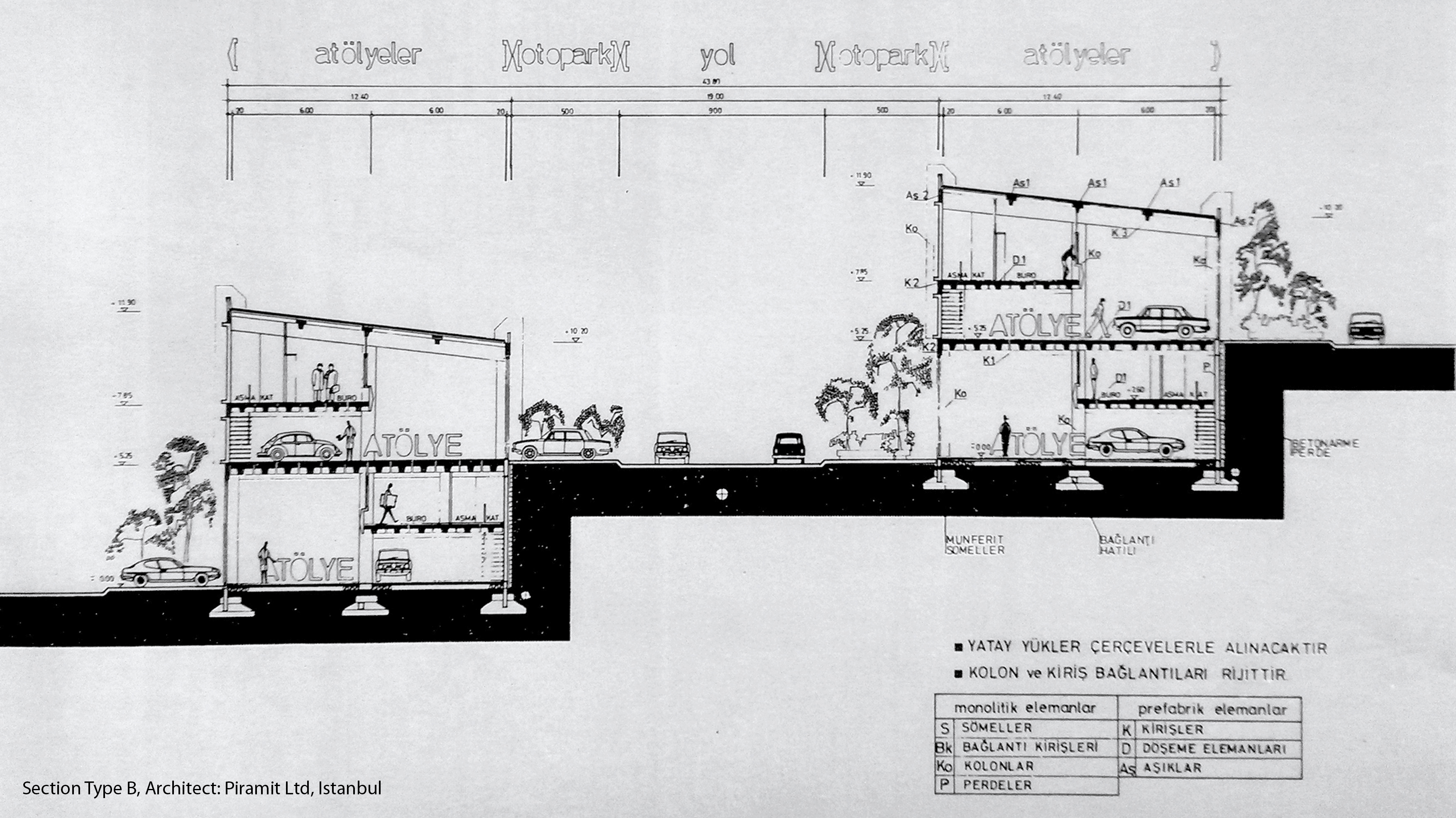

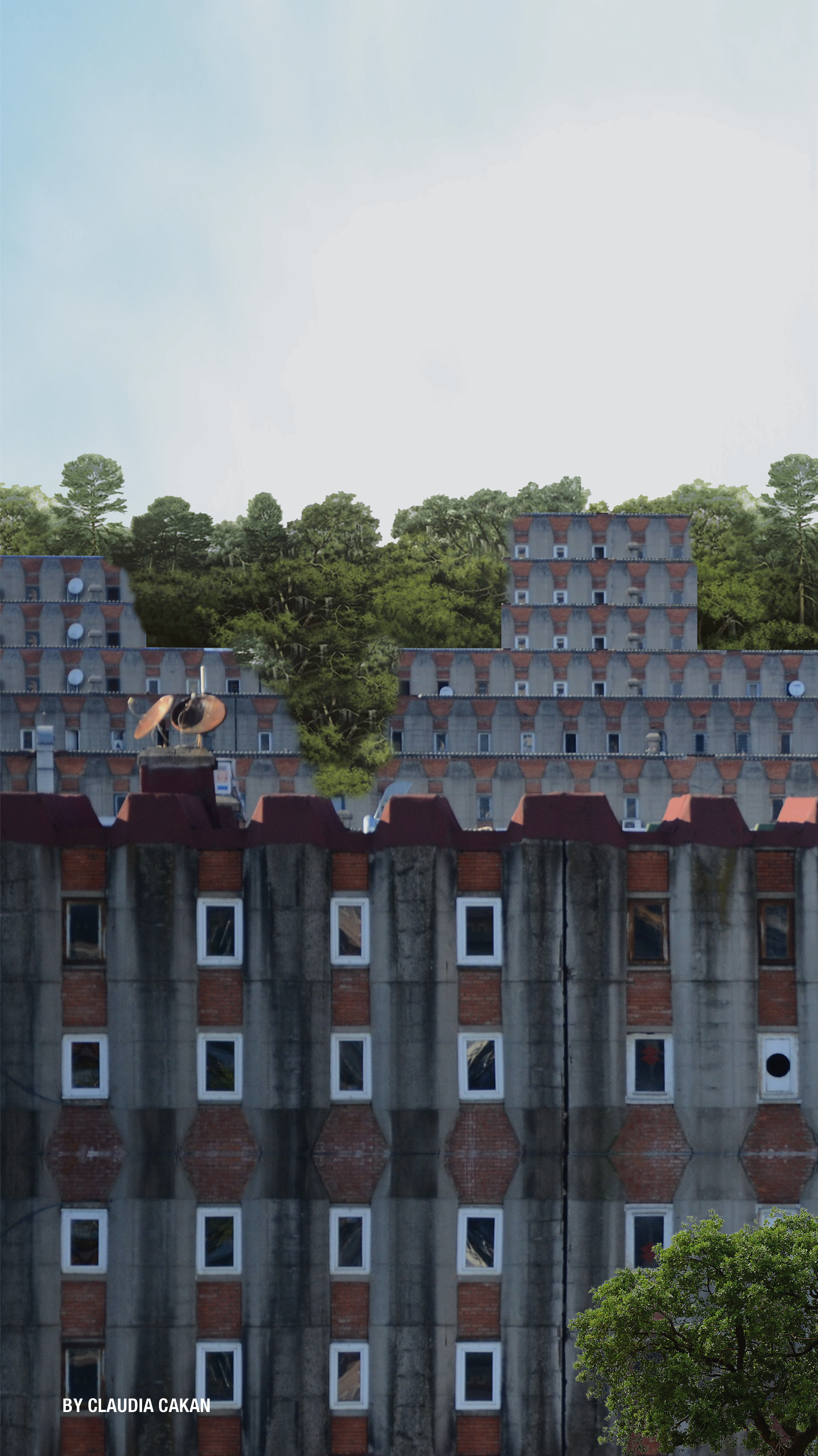
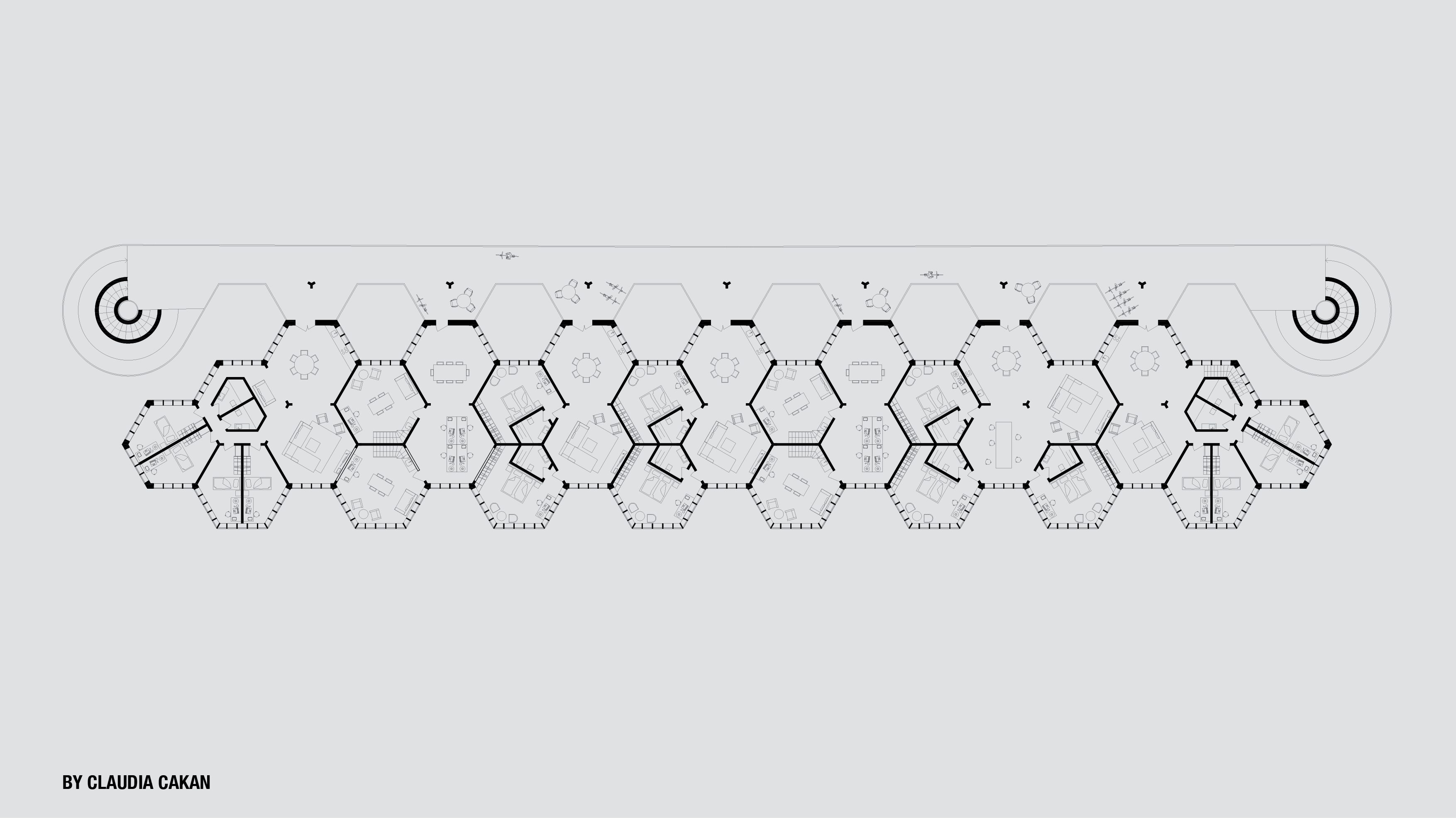

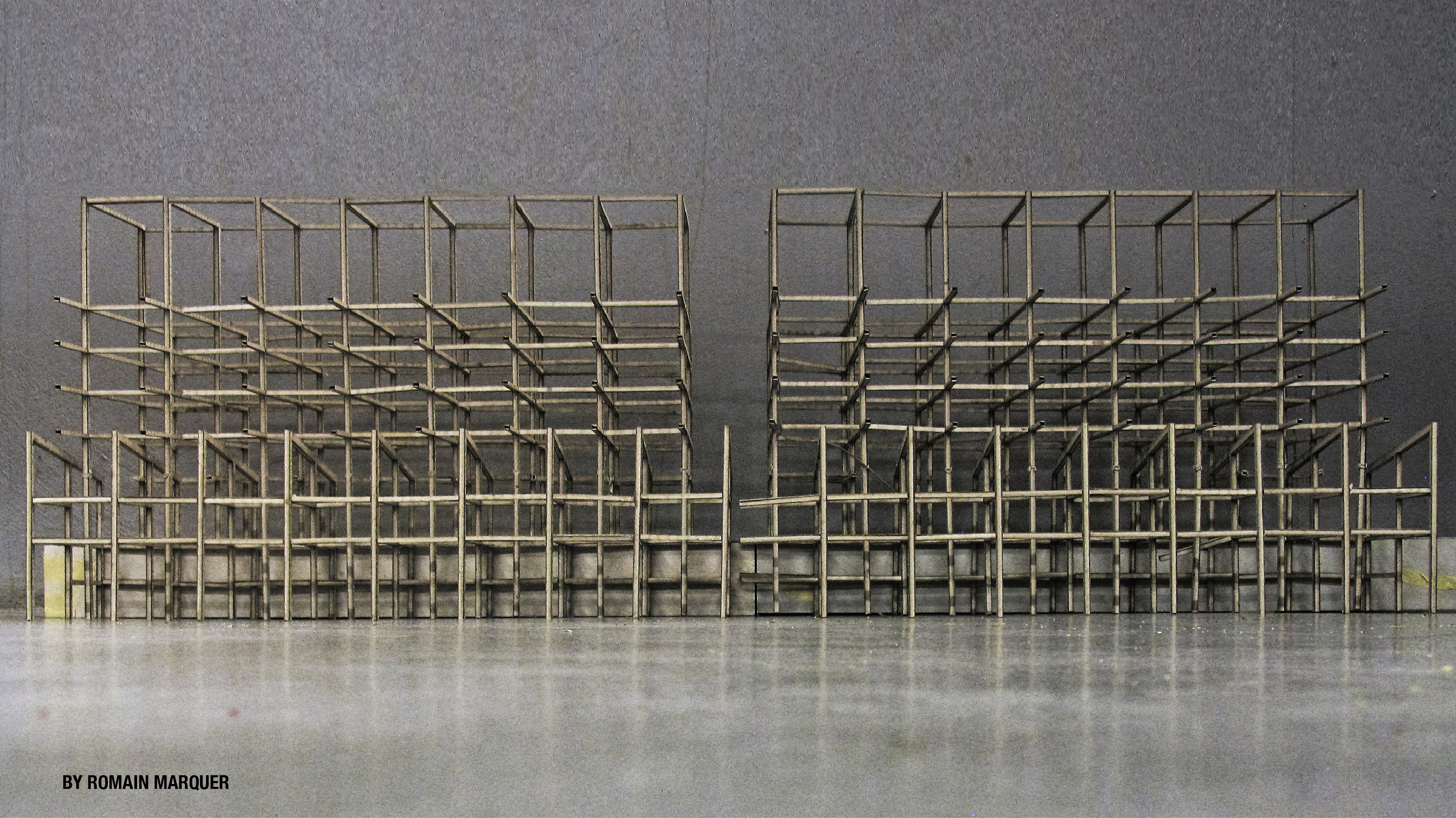
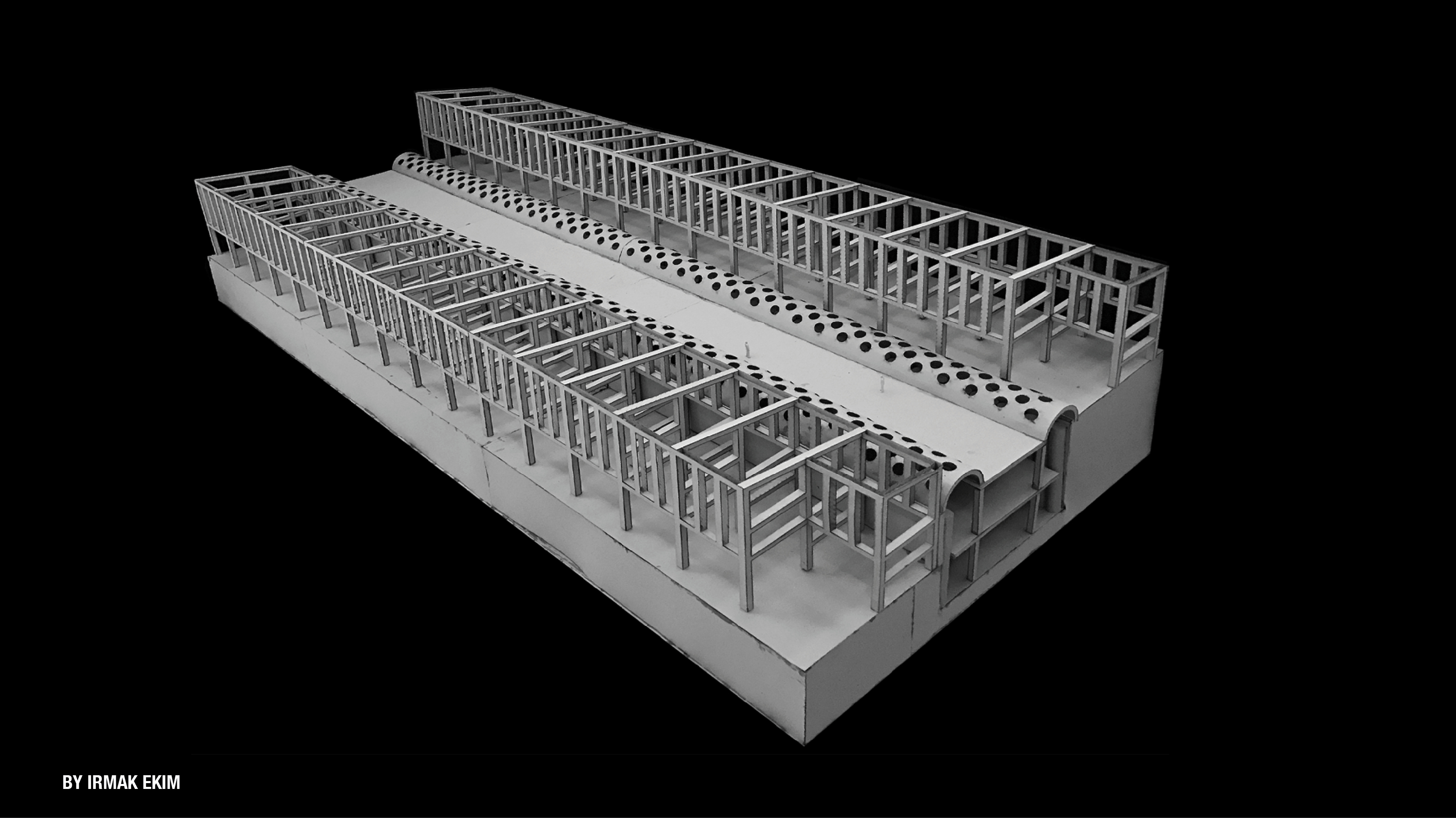
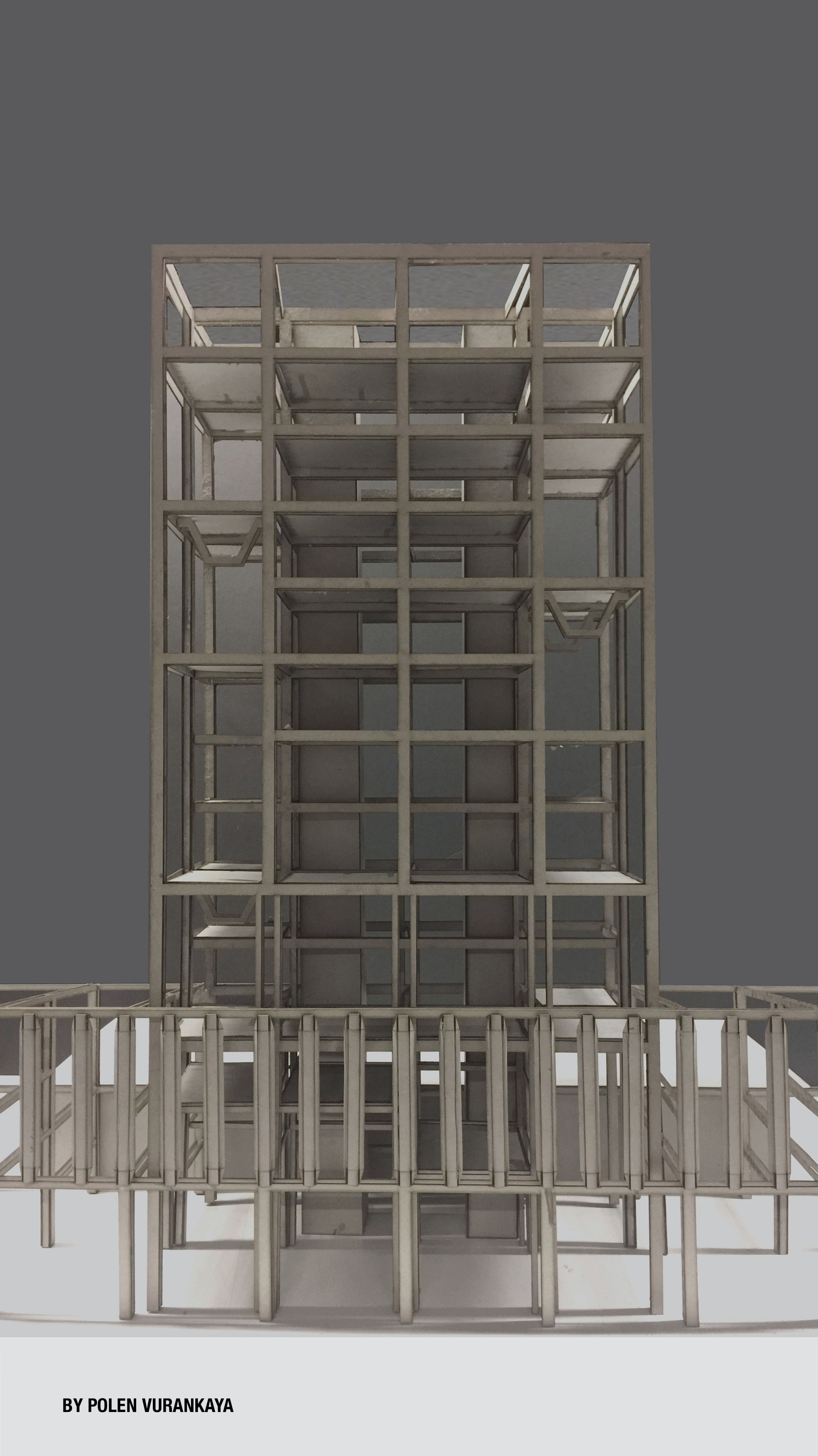
Our society is based on an economy of consumption and discarding. During the economic boom of the last century, this principle has been extended to the built environment. Never has so much built space been consumed, but also never before has so much built matter been annihilated. Half of all buildings in Japan are demolished after 38 years. This continuous waste of built matter is neither sustainable nor is it in tune with the culture of our cities which depend on a certain degree of permanence and memory. The history of architecture is full of masterpieces which have been built, transformed, added to, altered and which through this process of continuous transformation have acquired strong and unique identities.
In the Transformation Studio, we explored the potential of transformation. We didntwork with historical architecture and masterpieces but instead, we tackled anonymous pieces of “normal” architecture built in Istanbul in the course of the last 30 to 50 years. We explored the potential of these structures for transformation, re-use, and addition. We addressed problems of space, structure and building technology. By working with anonymous architecture, we wanted to avoid a conservationist stance but instead, free our minds to look at the genuine architectural potential of existing buildings. The outcomes were specific but flexible, modern but respectful to history and sustainable in the sense of “ready for a second life”.
Students started out with an analysis of the existing structure, examining the building techniques used at the time and speculating about their usefulness for today. They examined the architectural quality of the building, developing a brief based on the qualities and potentials which they identify. We worked with large-scale physical models, using model photography to create visual material. The assignment included exemplary detailing of the design in order to create a feeling of materiality and authenticity. Students worked at scales of 1:100 to 1:20.